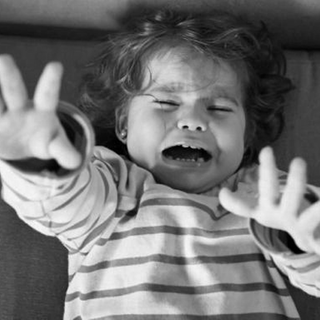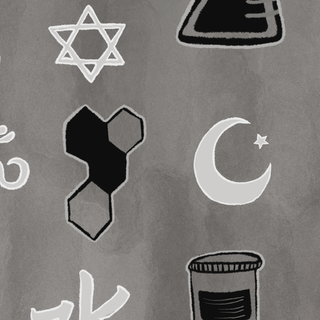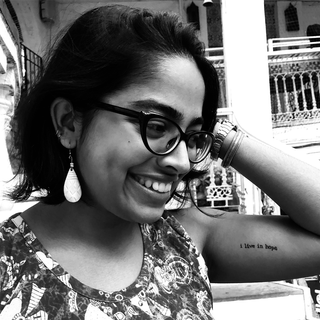The Indian government has taken it upon themselves to protect the kids of India from apps like TikTok, which lets a user make 15-second videos and broadcast them to others. Stories of a 24-year-old man committing suicide after undergoing harassment on the app, or a college student dying in a motorcycle accident while making a TikTok video, instigated politicians to call for a blanket ban on the app, which until then had boasted 119 million users only in India. While the subsequent ban ordered by the Madras High Court has now been overturned, the government’s quick and seemingly panicked response raises questions about the constitutionality of its actions.
With the democratization of online communication, people have gained the ability to consume and distribute content to the masses, which can expose impressionable kids to abuse, hate speech and pornography, executive director of Internet Freedom Foundation, Apar Gupta, said. While the negative effects of unregulated online content on kids is being studied, the decision to ban apps like TikTok, and games like PlayerUnknown’s Battlegrounds or PubG in some districts of Gujarat, is not based on any empirical evidence, Gupta said. On the contrary, studies have found that video games can improve attention and visuospatial skills, which contradicts health concerns voiced by Gujarat officials.
While issues of addiction and exposure to harmful content, especially for adolescents and kids, are serious concerns, it’s not the government that should be taking up the responsibility to right misperceived wrongs, Gupta said. “The best interventions are parental, which involve conversations with the child, promoting a disincentivization and a much more engaging curriculum, and making sure the physical activities need of the child are met,” he said.
If a blanket policy has to be implemented, however, the ideal way to circumvent constitutional violations would be to implement a law akin to the U.S.’ Children’s Online Privacy Protection Rule, or COPPA, which requires operators of websites to include privacy policies, instructs them on how to seek consent from parents or guardians of children under 13 years of age, and imposes restrictions on those operators to filter what gets marketed to children under 13 and those with disabilities. “There needs to be a community of trust, for example, a social media platform that caters to children under 13 where they could talk to their peers and keeps out mature content that may not match their maturity level.”
As for the government’s current approach, “There is a protectionist tendency,” Gupta said, which “makes grounds for interference to democratic rights and freedom of expression. The easier way is to issue a complete ban, shut downs, and criminalize online behaviour,” he added, referencing arrests of more than 20 people in Gujarat for playing PubG in public spaces. While the underlying evidence base is not strong for enforcing such bans, the government is also oftentimes not transparent in its enforcement processes, which “rely on secrecy and are often not compliant with the Right to Information law,” Gupta added.
Related on The Swaddle:
No One is 100% Sure That Violent Video Games Lead to Aggression in Kids
Currently, technology is being seen as a challenge to our set ways of living, which needs to change, Gupta said. Not only does complete prohibition restrict access to popular mediums and disenfranchise users, it also normalizes an administrative practice that can slowly creep into other forms of regulation of the media and the internet, which is a slippery slope, he added. Even if the government had some basis to enforce these bans, which it does not so far, the tendency can very quickly become harmful, Gupta said.
“Bans are something that ultimately lead to a kind of cultural prohibition, which homogenizes social behaviour,” Gupta said. “This has totalitarian tendencies, which is why bans are so concerning.”




